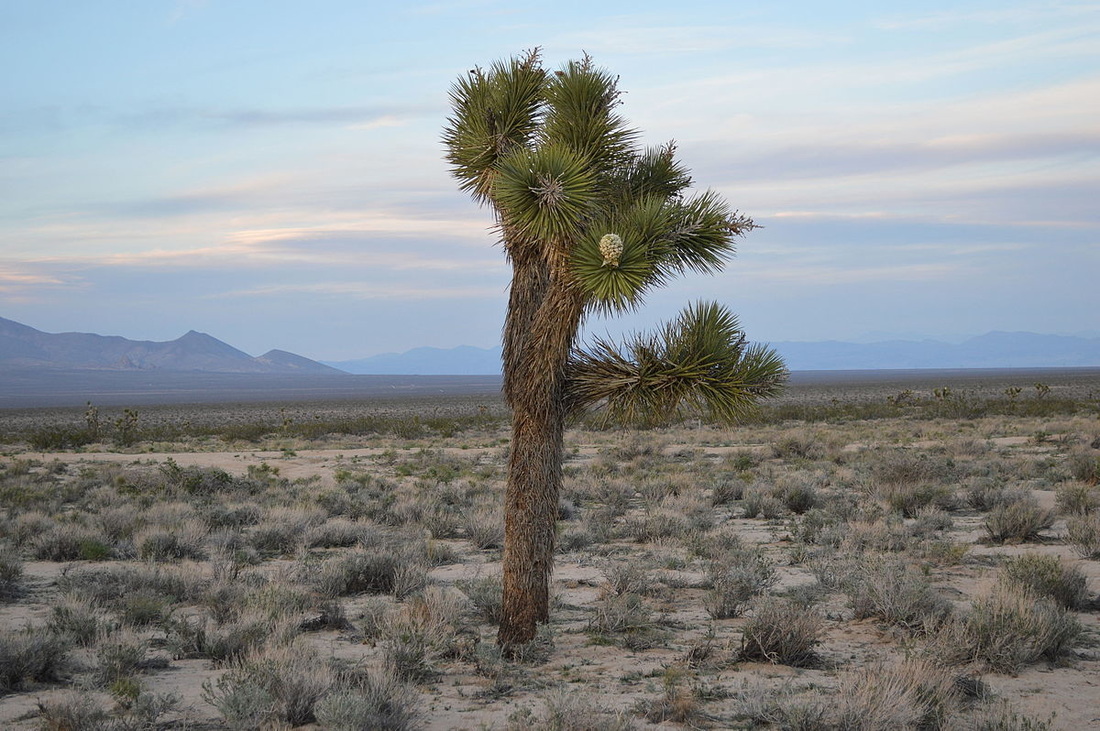|
It's a great day for US desert species and landscapes, as the White House has announced the designation of three new national monuments in California, covering nearly 1.8 million acres. While we here at Field School don't spend much time in the desert, we're still thrilled about these much-needed protections for unique and vulnerable landscapes. This brings the total count of lands and waters Obama has protected to 265 million acres--more than any previous administration.
If you're curious, the president gets his ability to do this from the 1906 Antiquities Act, which allows him to create national monuments on federal land to protect "objects of historic and scientific interest"--though his right to do so is currently contested (the Senate recently defeated attempts by Republican lawmakers to curtail presidential power under the Antiquities Act). Mojave Trails National Monument protects 1.6 million acres, including more than 350,000 acres of previously congressionally-designated Wilderness. This monument contains landscapes ranging from mountains to sand dunes, including ancient lava flows, fossil beds, and areas of rare desert grasslands. In addition to historic resources--like native American trade routes and WWII era military training camps--Mojave Trails is also the site of considerable geological, ecological, and climatological research. Sand to Snow National Monument covers 154,000 acres (just over 100,000 of which were already designated wilderness). This national monument protects one of the most biodiverse areas in southern California, containing 240 species of birds and twelve threatened and endangered wildlife species. Sand to Snow also contains sacred archaeological and cultural sites, including an estimated 1,700 Native American petroglyphs. Castle Mountains National Monument: This 20,920-acre monument in the Mojave Desert will serve as a critical connection between mountain ranges, protecting water resources, plants, and wildlife such as golden eagles, bighorn sheep, mountain lions and bobcats. These designations come in part as the result of the efforts of Senator Dianne Feinstein (D-Calif), who has been working for a decade to find a way to protect lands not covered by the 1994 California Desert Protection Act. That bill, which she sponsored, protected 7.6 million acres of California lands, led to the foundation of Death Valley and Joshua Tree National Parks, and created the Mojave National Preserve. You can read the fact sheet released by the White House here, or news coverage in the LA Times and the Desert Sun. You can even visit the website of the Campaign for the California Desert, which is currently optimized to send Thank You notes to President Obama and Senator Feinstein.
0 Comments
Leave a Reply. |
Field Notes
Archives
July 2021
Categories |
|
Partner with us! We are always looking for new schools, scientists, and non-profit organizations to partner with. Please contact us here to start a conversation.
Hear from us! Sign up for our newsletter to hear about what is happening at Field School as well as upcoming offers and specials. |


 RSS Feed
RSS Feed